Uncover the delicious world of Japanese noodles with this guide to their different types and iconic dishes. From hearty ramen and delicate soba to chewy udon and refreshing somen, learn about their unique characteristics, toppings and cultural significance.
Whether dining out or cooking at home, this guide is your ultimate Japanese noodle companion.
So, get your chopsticks at the ready and let’s start exploring!
What are Japanese noodles?
Noodles have been a major part of the Japanese diet for hundreds of years, dating back so long that it’s hard to trace their specific origins. It’s thought that most types of Japanese noodles originated in China, but quickly became commonplace after being introduced to Japan. They are generally created from dough, which is rolled out and cut into strips, before being cooked in boiling water.
Japanese noodles are such a versatile food because the dough can be made from all sorts of different ingredients, from buckwheat to rice, and the strips themselves can be cut into various lengths and thicknesses.
Once cooked, they are served in meals such as soups and stir-fries, or on their own with a dipping sauce. The only limit is the imagination of the chef!
How to make Japanese noodles

The world of Japanese noodles is wide and wonderful, with all sorts of exciting varieties to tuck into – and innovative new dishes being created all the time. So be sure to try as many as you can and see which becomes your favorite!
Types of Japanese noodles
Here we’ll introduce nine of the most common types of Japanese noodles, from famous varieties like ramen to lesser-known but equally delicious styles such as somen:
1. Ramen

Ramen is perhaps the most iconic Japanese noodle dish of all the different types of Japanese noodles mentioned in this article, with whole museums dedicated to it and fans of the dish all around the world.
There are many different kinds of Japanese ramen noodles, but they’re generally long, thin and made from wheat. The noodles are typically served in a hot broth loaded with toppings such as egg, seaweed, slices of pork, and local seasonal vegetables.
You can also get instant ramen that’s super easy to prepare at home by just adding boiling water.
Learn to make ramen (and gyoza!) in Tokyo
Learn to make Japan's most famous bowl of noodles in this Tokyo ramen cooking class — with the added bonus of also learning how to stuff, fold and cook izakaya-style gyoza dumplings.
Of course, you'll then get to enjoy your handmade lunch, all only a 15-minute walk from Ikebukuro Station.
2. Udon
Japanese udon noodles are the thickest Japanese noodle variety, with a wonderfully chewy texture and characteristic pale white color. They’re made from wheat flour, and can be cut in a flat or rounded shape.
While udon noodles are normally served in a hot broth, they can also be enjoyed cold with a dipping sauce. One of the most popular Japanese noodle dishes featuring udon is kitsune udon, or fox udon, which is topped with abura-age (slices of deep-fried bean curd) – supposedly a fox’s favorite food!
Find out more: Understanding Udon: The Ultimate Guide to Japan’s Thickest Noodles
Try making Japan’s thick noodles in this udon cooking class and calligraphy experience in Tokyo

Learn how to make delicious udon from scratch in this unique cooking class in Tokyo, combining the art of Japanese cuisine with calligraphy.
After mastering Japan's chewiest noodles, you'll move onto practicing a kanji character of your choice using traditional calligraphy tools.
3. Soba
These thin buckwheat noodles can be made either entirely from buckwheat flour – which is ideal for those on a gluten-free diet – or with a mixture of buckwheat flour and white wheat flour.
Soba has a characteristically earthy and nutty flavor, with a rustic texture and dark brown color. In addition to being tasty, the many health benefits of soba noodles make them a great choice for a nutritious meal.
They’re often served chilled on a bamboo tray with a mentsuyu dipping sauce and garnishes, however on New Year’s Eve it’s customary to slurp them up in a hot soup dish known as toshikoshi soba.
Find out more: 6 Soba Restaurants in Tokyo for Buckwheat Noodles
Make your own soba noodles from scratch in this Tokyo cooking class
Discover the secrets to making a delicious bowl of Japan’s buckwheat noodles with guidance from a soba master.
Prepare the dough and cut the noodles as you deepen your knowledge of Japanese food culture. Then, sit down to enjoy the rich and nutty flavors of your handmade bowl of soba.
4. Yakisoba
Although you might assume these are also buckwheat noodles, yakisoba are actually wheat noodles. Long and thin, they’re most commonly served in a stir-fry dish along with slices of meat, seafood and vegetables such as beansprouts and cabbage.
As such, yakisoba is a popular choice at festivals and street food stalls. You can even enjoy these noodles within a hot dog bun in a dish known as yakisoba-pan!
Yakisoba is usually cooked using the method of teppanyaki, meaning "grilled on an iron plate."
Make yakisoba in this Tokyo cooking class
In this teishoku Japanese set meal cooking class, you'll get to choose from a variety of menus, but for the purposes of this article we're only interested in one: okonomiyaki and yakisoba with side dishes!
Experience the full-bodied flavors of okonomiyaki, a savory cabbage concoction made of batter, chopped cabbage and other ingredients, served alongside yakisoba, stir-fried ramen noodles still sizzling with their companions of pork and vegetables.
5. Somen
Somen, another form of wheat noodles, is the perfect dish for a hot summer’s day. Made from stretched dough, these noodles are very thin with a light texture and are almost always served cold with a tsuyu dipping sauce.
One unmissable way to enjoy them is in a style called nagashi-somen, or flowing somen. This is where the noodles are placed into a bamboo flume in icy water, for diners to pluck out with their chopsticks as they pass by!
Watch: Join byFood host Shizuka Anderson as stays cool in summer with nagashi somen!

Find out more: (B)eat the Heat: Best Japanese Summer Foods
Make tempura and try nagashi somen noodles
Not only will you fry up fresh tempura with your own two hands, but you'll also get to experience the summer speciality of nagashi somen.
Attempt to catch these flowing noodles with chopsticks as they slide down — a fun activity that's as refreshing as it is tasty.
6. Hiyamugi
These more uncommon Japanese noodles are made from wheat flour and lie almost exactly between somen and udon in terms of thickness. They can be served in a similar way to both varieties, and while most are white you’ll often find some pink and green noodles mixed in with a batch – making for a very photogenic dish!
7. Harusame
Often called glass noodles, thanks to their transparent appearance, harusame refers to thin noodles typically made from mung bean flour or potato starch (meaning they’re also gluten-free). Rather prettily, the name uses the kanji for spring and rain, and they’re a popular addition to soups, stir-fries and salads.
8. Shirataki
Similar to harusame, shirataki are thin, translucent noodles made from konjac yam. They’ve enjoyed a boom in popularity thanks to their health benefits, being high in fiber and very low in calories. These versatile Japanese noodles have little flavor of their own, so they are often used to bulk up dishes such as soups, stews and hot pots.
9. Rice noodles
As the name indicates, Japanese rice noodles are made using rice flour rather than wheat flour. They come in both thin and thick varieties and are transparent in color.
Japanese rice noodles are another great option for those with gluten intolerance, and their versatility means they can be used in everything from soups to stir-fries.
Regional Japanese noodles
One of the best things about Japanese noodles is how many different regional-specific varieties there are. These include kishimen – a very flat and wide type of noodle from Nagoya – and mimi udon, a New Year’s dish from Tochigi where udon noodles are folded into the shape of an ear.
Many areas also put their own spin on the different types of Japanese noodles by serving them with unique local ingredients. For example, Sapporo ramen comes with Hokkaido specialties such as vivid yellow corn and a pat of butter melting into the broth.
Meanwhile, Fukuoka’s hakata ramen is made with an especially rich and creamy pork bone broth.
Flavored Japanese noodles
Further sub-varieties of Japanese noodles can be created when other ingredients are mixed into the dough to add color and flavor to the finished noodles. Another favorite is cha soba, where soba noodles are infused with matcha powder, resulting in a deep green color and the subtle taste of tea. Delicious and highly Instagrammable!
To get a true taste of Japanese noodles, explore Michelin-starred Tokyo ramen, the best ramen in Tokyo and savor the slurp of ramen in Kyoto.
 Tokyo
Tokyo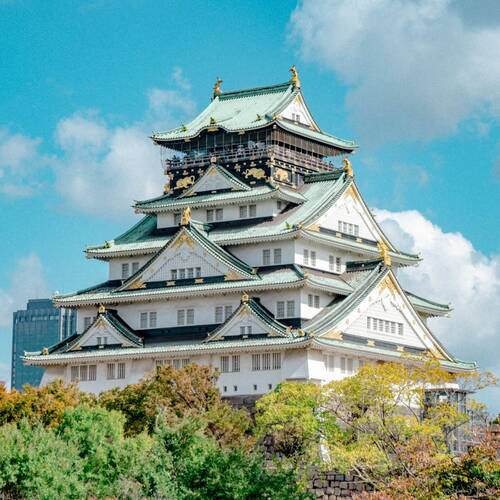 Osaka
Osaka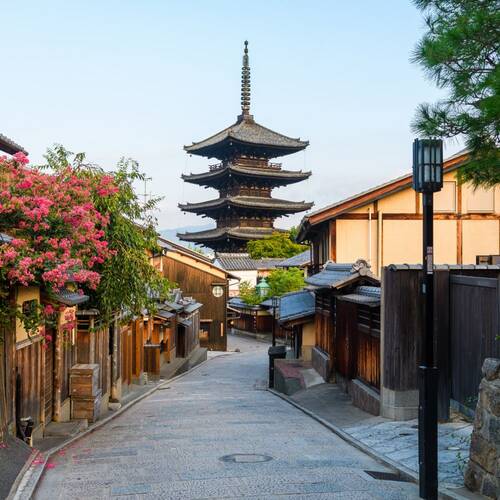 Kyoto
Kyoto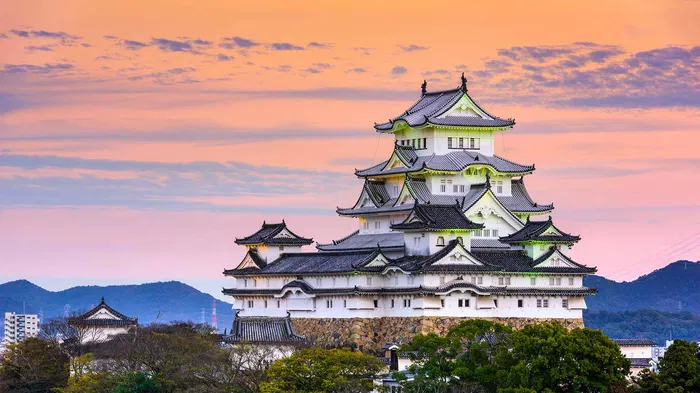 Hyogo
Hyogo Hokkaido
Hokkaido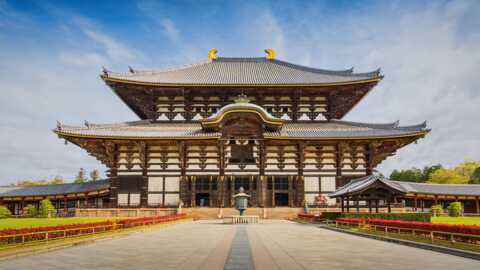 Nara
Nara Fukuoka
Fukuoka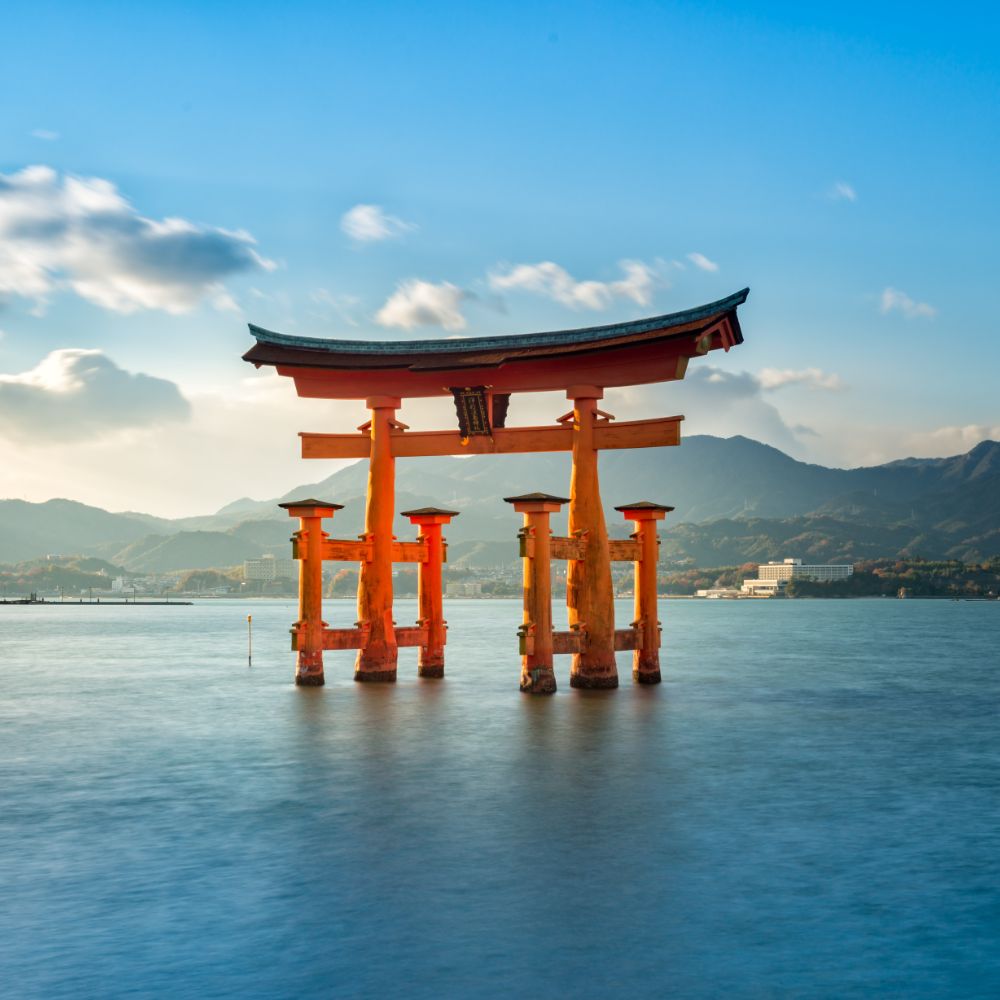 Hiroshima
Hiroshima Kanagawa
Kanagawa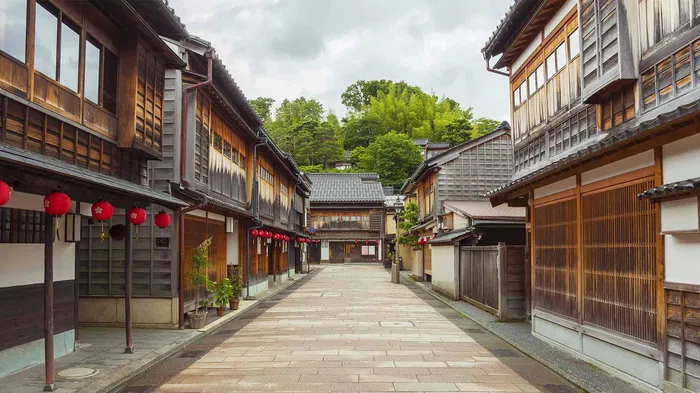 Ishikawa
Ishikawa Florence
Florence Paris
Paris Rome
Rome Porto
Porto Barcelona
Barcelona New York
New York Venice
Venice Madrid
Madrid Marrakesh
Marrakesh Istanbul
Istanbul